Home>Garden Essentials>How To Train A Dog To Use Fake Grass
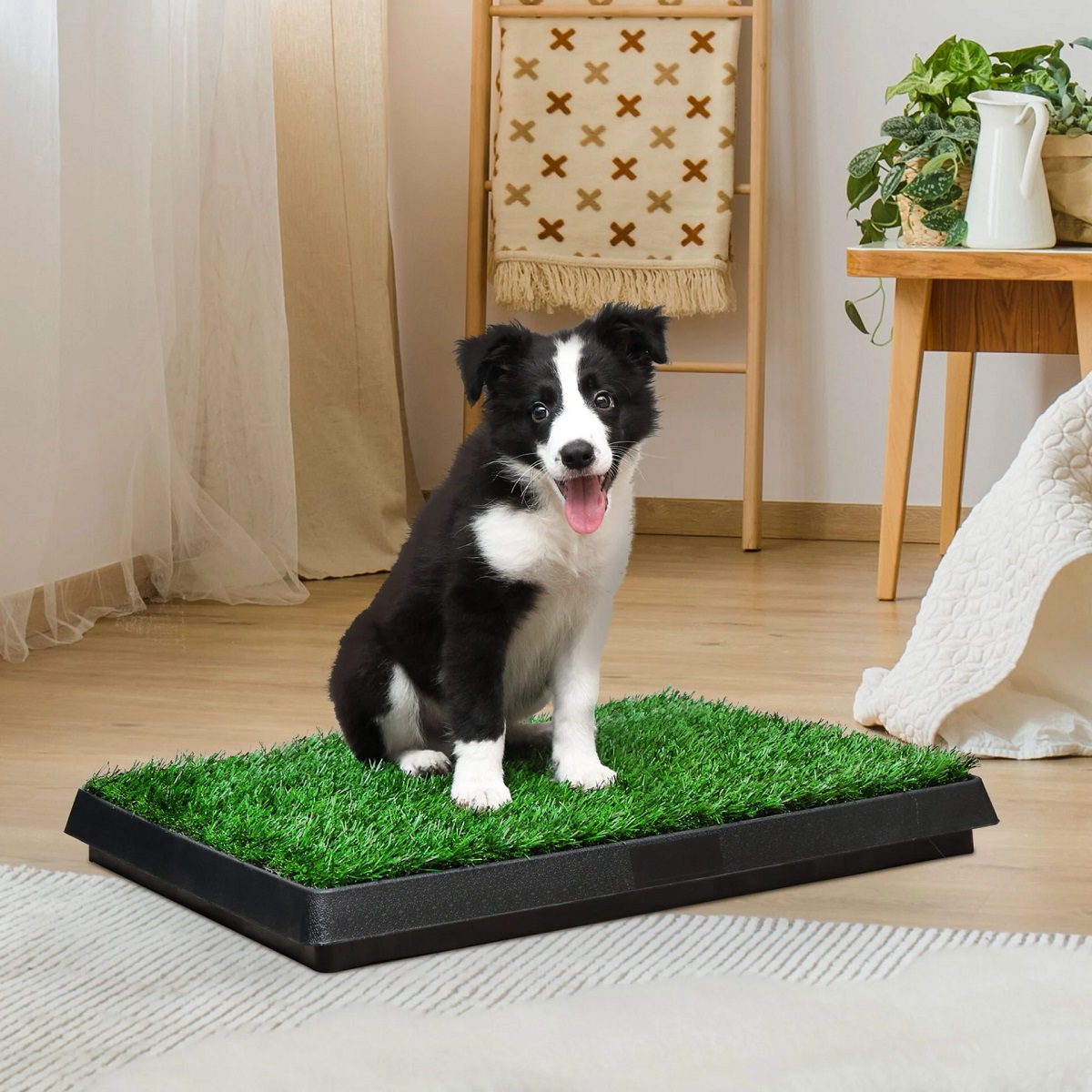

Garden Essentials
How To Train A Dog To Use Fake Grass
Modified: September 2, 2024
Learn the best techniques for training your dog to use fake grass in your garden. Say goodbye to muddy paws and enjoy a clean outdoor space with these helpful tips.
(Many of the links in this article redirect to a specific reviewed product. Your purchase of these products through affiliate links helps to generate commission for Storables.com, at no extra cost. Learn more)
Introduction
Welcome to the world of dog training! Training your furry friend to use fake grass can be a game-changer for both you and your pup. Whether you live in an apartment, have a busy schedule, or simply want a convenient potty solution for your dog, training them to use fake grass can offer numerous benefits. In this article, we will explore why training your dog to use fake grass is a great option, how to choose the right fake grass, and provide a step-by-step guide to help you successfully train your dog.
Having a dog is a rewarding experience, but it also comes with its challenges, especially when it comes to potty training. Traditional methods often involve taking your dog outside multiple times a day or relying on pee pads that can be messy and require frequent changes. Training your dog to use fake grass eliminates the need for constant outdoor trips or dealing with smelly and unsanitary pads. It provides a designated area where your dog can comfortably do their business, giving you peace of mind and simplifying the potty training process.
One of the key benefits of training your dog to use fake grass is convenience. Fake grass can be placed indoors or outdoors, making it ideal for individuals living in apartments or houses without access to a yard. It also comes in various sizes, allowing you to create a designated potty area that works for your living situation. Additionally, fake grass is easy to clean and maintain, saving you time and effort compared to traditional potty training methods.
Another advantage of using fake grass for your dog’s potty needs is that it simulates the feeling of real grass. Dogs instinctively prefer going to the bathroom on natural surfaces, and fake grass can replicate that experience. The texture and feel of the artificial turf will be similar to what they would encounter outside, making the transition from fake grass to real grass seamless if you choose to do so in the future.
Before diving into the training process, it is essential to choose the right type of fake grass for your dog. Consider the size of your dog, their habits, and the specific requirements of your living space. In the next section, we will discuss the factors to consider when selecting fake grass for your furry friend’s potty area.
Key Takeaways:
- Training your dog to use fake grass offers convenience, cleanliness, and a realistic potty experience. It’s a practical solution for pet owners living in apartments or urban areas.
- Choosing the right fake grass and maintaining it properly are essential for successful potty training. With patience and positive reinforcement, you can train your dog to use fake grass effectively.
Read more: How To Train A Dog To Pee On A Grass Pad
Benefits of Training a Dog to Use Fake Grass
Training your dog to use fake grass can provide numerous benefits for both you and your furry companion. Let’s take a look at some of the key advantages:
- Convenience: Fake grass offers a convenient solution to potty training your dog. Whether you live in an apartment, have limited outdoor space, or simply want a hassle-free potty area for your dog, fake grass provides a designated spot for them to do their business.
- Indoor and outdoor use: One of the great things about fake grass is its versatility. You can use it both indoors and outdoors, allowing you the flexibility to create a potty area that suits your living situation. This is particularly beneficial for pet owners in urban areas or homes without a yard.
- Easy maintenance: Cleaning up after your dog becomes much easier with fake grass. Unlike traditional potty training methods, which may involve constantly changing pee pads or dealing with unpleasant odors, fake grass can be easily cleaned by rinsing it with water or using pet-friendly cleaning products. It saves time and effort in the long run.
- Hygienic: Fake grass provides a hygienic alternative to other potty training options. It helps to contain any mess and prevents your dog from tracking dirt or mud into your home. With fake grass, you can ensure a cleaner and more sanitary potty area for your furry friend.
- Realistic feel: Dogs naturally prefer to go to the bathroom on natural surfaces like grass. Fake grass is designed to mimic the look and feel of real grass, which can make the transition from fake grass to real grass easier for your dog if needed in the future.
- Environmentally friendly: With fake grass, you can reduce water consumption and eliminate the need for harmful pesticides or fertilizers often used in maintaining natural grass. Choosing an eco-friendly option for your dog’s potty area can contribute to a greener and more sustainable lifestyle.
- Peace of mind: Training your dog to use fake grass gives you peace of mind, knowing that they have a designated and reliable area for their potty needs. It eliminates the stress of rushing your dog outside or worrying about accidents indoors, making both you and your pet happier.
These are just some of the many benefits that come with training your dog to use fake grass. As you embark on this training journey, remember to be patient, consistent, and reward your furry friend for their progress. In the next section, we will delve into the factors to consider when choosing the right fake grass for your dog’s training area.
Choosing the Right Fake Grass for Your Dog
When it comes to training your dog to use fake grass, selecting the right type of turf is crucial for a successful and comfortable experience. Here are some factors to consider when choosing fake grass for your dog’s potty area:
- Quality: Look for high-quality fake grass that is designed to withstand your dog’s activity and frequent use. Opt for turf that is durable, resistant to digging, and has good drainage properties.
- Size and thickness: Consider the size of your dog and the amount of space you have available. If you have a larger dog or multiple dogs, choose a thicker turf to ensure it can withstand their weight and activity.
- Drainage: Proper drainage is essential to maintain a clean and odor-free potty area. Look for fake grass with effective drainage holes or a permeable backing that allows urine to pass through easily.
- Easy to clean: Find fake grass that is easy to clean and maintain. Look for turf that can be easily rinsed with water or cleaned with pet-friendly disinfectants. Avoid turf with materials that tend to absorb odors or stains.
- Pet-friendly materials: Ensure that the fake grass you choose is made from non-toxic and pet-friendly materials. This will help to prevent any allergies or health issues that may arise from your dog coming into contact with the turf.
- Realistic appearance: While not essential, having fake grass that closely resembles the look and feel of real grass can be beneficial, especially for dogs who are used to bathroom routines on natural surfaces.
- Cost: Consider your budget when selecting fake grass for your dog. While it’s important to choose a quality product, there are options available at various price points, so you can find one that fits your budget.
Take the time to research and compare different brands and products to find the fake grass that meets all your requirements. Additionally, reading reviews from other pet owners can provide valuable insights into the quality and performance of the turf. Once you have chosen the right fake grass, you can move on to preparing the training space for your furry friend, which we will explore in the next section.
Preparing the Dog’s Training Space
Creating a suitable training space for your dog is an essential step in successfully training them to use fake grass. Here are some key considerations when preparing the training area:
- Choose a designated area: Determine where you want to set up the fake grass. It can be indoors, such as in a laundry room, balcony, or bathroom, or outdoors in a patio or yard. Select a space that is easily accessible for your dog and convenient for you to clean.
- Clear the area: Before laying down the fake grass, ensure the area is clear of any obstacles or potential hazards that could distract or harm your dog. Remove any loose objects, plants, or toxic substances that could be within reach.
- Properly secure the grass: If you are using fake grass indoors, make sure it is securely fixed in place, either with adhesive strips or by using a tray or container to hold it. Outdoors, consider using stakes or anchors to prevent the artificial turf from shifting or moving around.
- Create boundaries: Use barriers, such as baby gates or pet playpens, to establish clear boundaries for the training area. This helps to prevent your dog from wandering off or getting distracted during the training process.
- Introduce your dog to the space: Allow your dog to explore the training area before starting the training. Let them sniff and familiarize themselves with the fake grass and the surrounding environment. This will help them feel more comfortable and at ease during the training sessions.
- Make it appealing: Make the training area enticing for your dog by including their favorite toys, treats, or a comfortable bed within the space. This will help create a positive association with the area and encourage them to use the fake grass.
- Establish a routine: Set a consistent schedule for your dog’s potty breaks. Take them to the training area at regular intervals throughout the day, especially after meals, naps, and playtime. Consistency is key in reinforcing the training and helping your dog develop a routine.
By properly preparing your dog’s training space, you are creating a conducive environment for successful potty training with fake grass. It also helps to minimize distractions and ensure your dog understands the designated area for their business. With the space set up, you can now move on to the step-by-step training process to teach your dog to use the fake grass, which we will discuss in the next section.
When training a dog to use fake grass, start by placing the fake grass in a designated area and rewarding your dog for using it. Gradually move the grass to the desired location and continue to praise and reward your dog for using it.
Step-by-Step Guide to Training Your Dog to Use Fake Grass
Training your dog to use fake grass requires patience, consistency, and positive reinforcement. Follow these step-by-step guidelines to successfully train your dog:
- Introduce the fake grass: Allow your dog to sniff and explore the fake grass. Encourage them to step on it and become familiar with the texture and feel.
- Choose a command: Select a specific command, such as “Go potty” or “Do your business,” that you will consistently use during the training process. Associate the command with the act of going to the bathroom.
- Take your dog to the designated area: Bring your dog to the training space at regular intervals, especially after meals, naps, or playtime. Use the chosen command and encourage them to use the fake grass. If they do, reward and praise them enthusiastically.
- Be patient and consistent: Understand that accidents may happen during the training process. If your dog has an accident outside of the designated area, do not scold or punish them. Instead, calmly clean up the mess and continue with the training process.
- Establish a routine: Set a consistent schedule for taking your dog to the training area. This helps them develop a routine and understand when it is time to go potty. Consistency is key in reinforcing the training.
- Reward and praise: Whenever your dog successfully uses the fake grass, reward them with treats, praise, and affection. This positive reinforcement helps to reinforce the desired behavior and encourages them to continue using the designated area.
- Monitor and supervise: Keep an eye on your dog during the training process. If you notice signs that they need to go, such as sniffing or circling, immediately bring them to the designated area. This helps prevent accidents and reinforces the idea of using the fake grass.
- Reduce reliance on treats: As your dog becomes more accustomed to using the fake grass, gradually reduce the frequency of treats. Eventually, rely solely on verbal praise and physical affection to reward their successful bathroom habits.
- Consistently clean and maintain: Regularly clean the fake grass to maintain a hygienic potty area. Remove solid waste promptly and rinse the turf with water or use pet-friendly cleaning solutions to keep it clean and odor-free.
- Stay patient and persistent: Remember that the training process takes time and effort. Each dog learns at their own pace, so stay patient, consistent, and encouraging throughout the training journey.
By following these steps and providing positive reinforcement, you can successfully train your dog to use fake grass for their potty needs. Keep in mind that every dog is unique, and some may require more time and practice than others. With consistency and perseverance, you’ll soon have a well-trained and happily pottying pup!
Read more: How To Train A Dog To Use A Litter Box
Troubleshooting Common Issues during Training
During the process of training your dog to use fake grass, you may encounter some common issues. However, with patience and the right approach, these challenges can be overcome. Here are some common issues and troubleshooting tips:
- Accidents outside the designated area: If your dog has accidents outside of the fake grass area, it may be a sign that they need more supervision and guidance. Increase monitoring and take them to the designated spot more frequently.
- Reluctance to use the fake grass: If your dog seems hesitant or reluctant to use the fake grass, try enticing them with treats or their favorite toys during the training process. Associate positive experiences and rewards with the fake grass to make it more appealing to them.
- Resistance to the chosen command: If your dog doesn’t respond to the chosen command, consider changing it to something that is easier for them to understand or something that aligns with their existing training commands. Consistency and repetition are key in reinforcing the association between the command and the desired behavior.
- Difficulty transitioning from fake grass to real grass: If you eventually want your dog to use real grass, gradually introduce them to outdoor grass areas once they are fully comfortable using the fake grass indoors. Start by placing a piece of the fake grass on real grass and gradually decrease the size until they are comfortable going potty on real grass.
- Problems with cleaning and odor: If you notice persistent odors or difficulties cleaning the fake grass, make sure you are using pet-friendly cleaning products and following the manufacturer’s cleaning instructions. Consider using enzymatic cleaners designed to neutralize pet odors.
- Inconsistent use of the fake grass: Dogs thrive on routine and consistency. Make sure to stick to a regular schedule and take your dog to the designated area consistently. Avoid skipping or changing potty breaks unexpectedly, as this can confuse your dog and impede their progress.
- Lack of motivation: If your dog loses motivation during the training process, try introducing new and exciting incentives. Consider using puzzle toys with treats to engage them and make the training experience more enjoyable.
- Seek professional help if needed: If you are struggling with the training process or facing persistent issues, don’t hesitate to seek professional help from a certified dog trainer or behaviorist. They can provide expert guidance tailored to your dog’s specific needs.
Remember that training takes time and patience. Stay positive, consistent, and reward your dog for their progress. With troubleshooting strategies and a little extra effort, you can overcome any challenges that arise during the training process.
Maintaining and Cleaning Fake Grass for Dogs
Maintaining and cleaning the fake grass regularly is essential to ensure a clean and hygienic potty area for your dog. Here are some tips to help you maintain and clean the fake grass:
- Remove solid waste: Remove solid waste from the fake grass as soon as possible. Use a scooper or plastic bag to pick up and dispose of the waste properly. Regular removal helps to prevent odor and keeps the area clean.
- Rinse with water: Regularly rinse the fake grass with water to remove any residue and maintain its cleanliness. Use a hose or spray bottle to thoroughly rinse the turf, making sure to reach all areas. This helps to remove any remaining waste and keep the grass looking fresh.
- Use pet-friendly cleaning products: If needed, you can use pet-friendly cleaning products specifically designed for artificial grass. These products help to effectively break down and eliminate any odors or stains. Follow the manufacturer’s instructions when using these products and ensure they are safe for your dog.
- Consider enzymatic cleaners: Enzymatic cleaners are effective in breaking down organic matter, such as urine or feces, and neutralizing odors. Look for enzymatic cleaners that are safe for use on artificial grass and follow the instructions carefully.
- Brush the grass: Use a soft-bristle brush to periodically brush the fake grass. This helps to remove any debris, fluff the turf fibers, and maintain its appearance. Brushing also helps to distribute infill material, if present, evenly.
- Monitor for signs of wear: Over time, the fake grass may show signs of wear, especially in areas of high traffic. Monitor the condition of the grass and consider replacing any damaged or worn-out sections to ensure a comfortable surface for your dog.
- Prevent urine odor: To prevent urine odor from becoming a problem, ensure that the fake grass has proper drainage. Good drainage allows urine to pass through the turf and minimize any lingering smells. If necessary, you can use a deodorizing spray designed for artificial grass.
- Protect from damage: To prevent damage to the fake grass, discourage your dog from digging or chewing on the turf. Provide them with appropriate toys and chew items to redirect their behavior. Regularly inspect the grass for any signs of damage and address them promptly.
By incorporating these maintenance and cleaning practices into your routine, you can ensure that the fake grass remains clean, odor-free, and comfortable for your dog. Regular attention and care will help prolong the lifespan of the turf and provide a pleasant environment for your furry friend.
Conclusion
Training your dog to use fake grass for their potty needs offers numerous benefits for both you and your furry companion. With convenience, versatility, and easy maintenance, fake grass provides a practical solution to potty training challenges. By following the step-by-step guide and troubleshooting common issues, you can successfully train your dog to use the designated fake grass area.
Choosing the right fake grass is crucial for a comfortable and effective training experience. Consider factors such as quality, size, drainage, and pet-friendly materials when selecting the turf. Prepare the training space by clearing the area, securing the grass, and creating boundaries to establish a designated potty area for your dog.
During the training process, remain patient, consistent, and use positive reinforcement to encourage your dog’s progress. Reward their successful bathroom habits and gradually reduce reliance on treats as they become more accustomed to using the fake grass. Monitor their behavior, address any accidents or resistance promptly, and seek professional help if needed.
Maintaining and cleaning the fake grass is essential to ensure a clean and hygienic potty area. Regularly remove solid waste, rinse the grass with water, and consider using pet-friendly cleaning products or enzymatic cleaners as needed. Brushing the grass and monitoring for signs of wear will help keep the surface comfortable for your dog and prolong the life of the turf.
In conclusion, training your dog to use fake grass is a practical and convenient option for potty training. It offers benefits such as convenience, versatility, and easy maintenance, making it a valuable solution for pet owners. By following the guidelines outlined in this article and providing consistent training, you can successfully train your dog to use fake grass and enjoy a cleaner, more hygienic potty experience for both you and your furry friend.
Frequently Asked Questions about How To Train A Dog To Use Fake Grass
Was this page helpful?
At Storables.com, we guarantee accurate and reliable information. Our content, validated by Expert Board Contributors, is crafted following stringent Editorial Policies. We're committed to providing you with well-researched, expert-backed insights for all your informational needs.
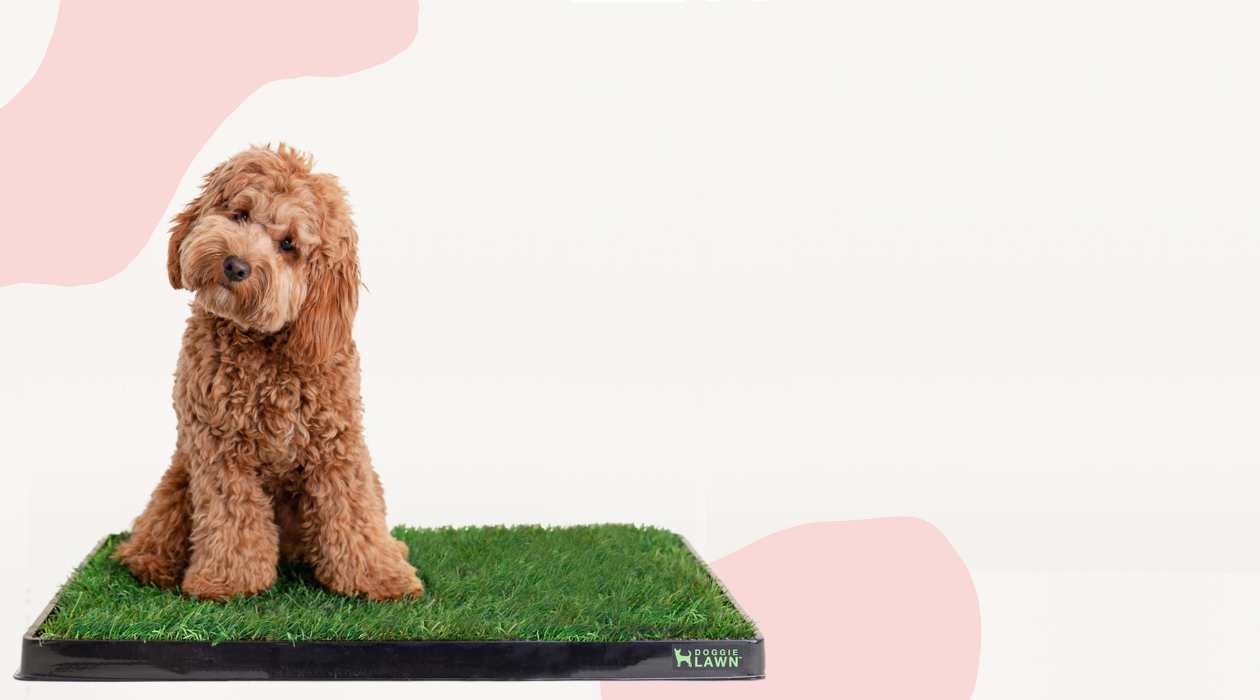
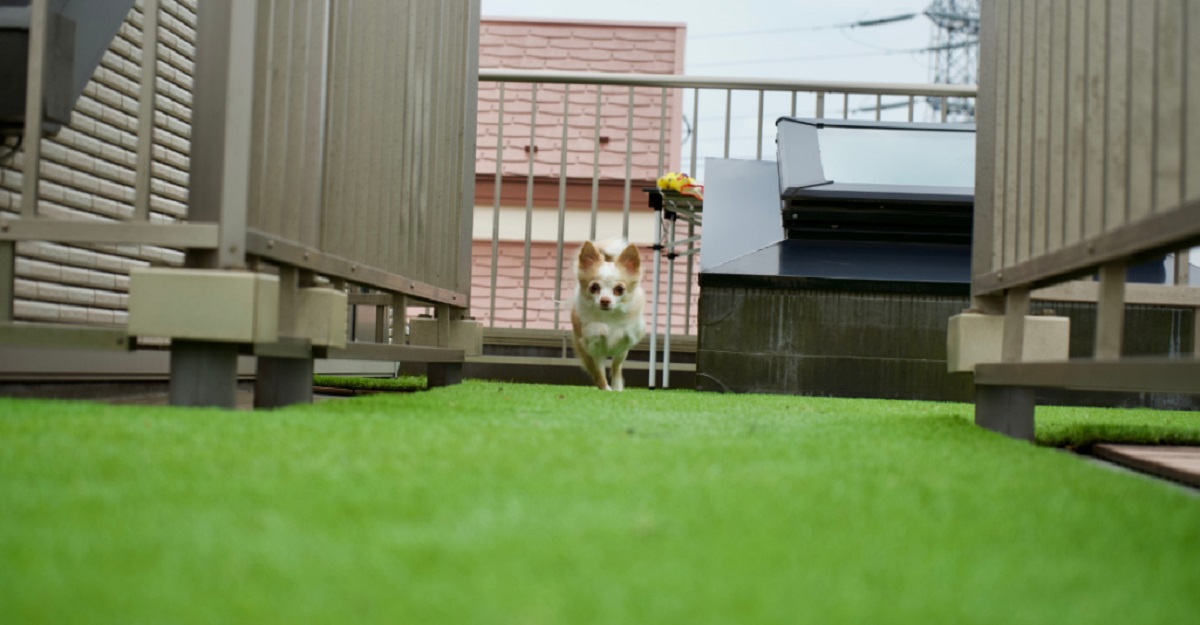
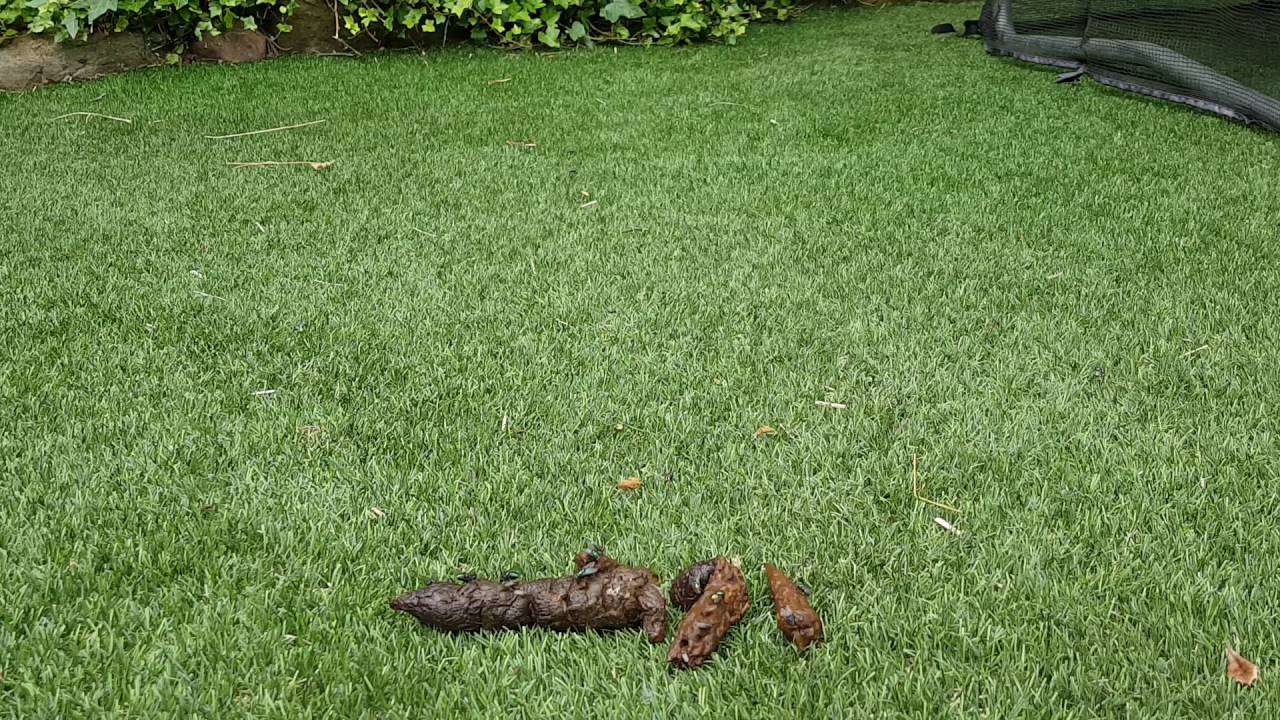
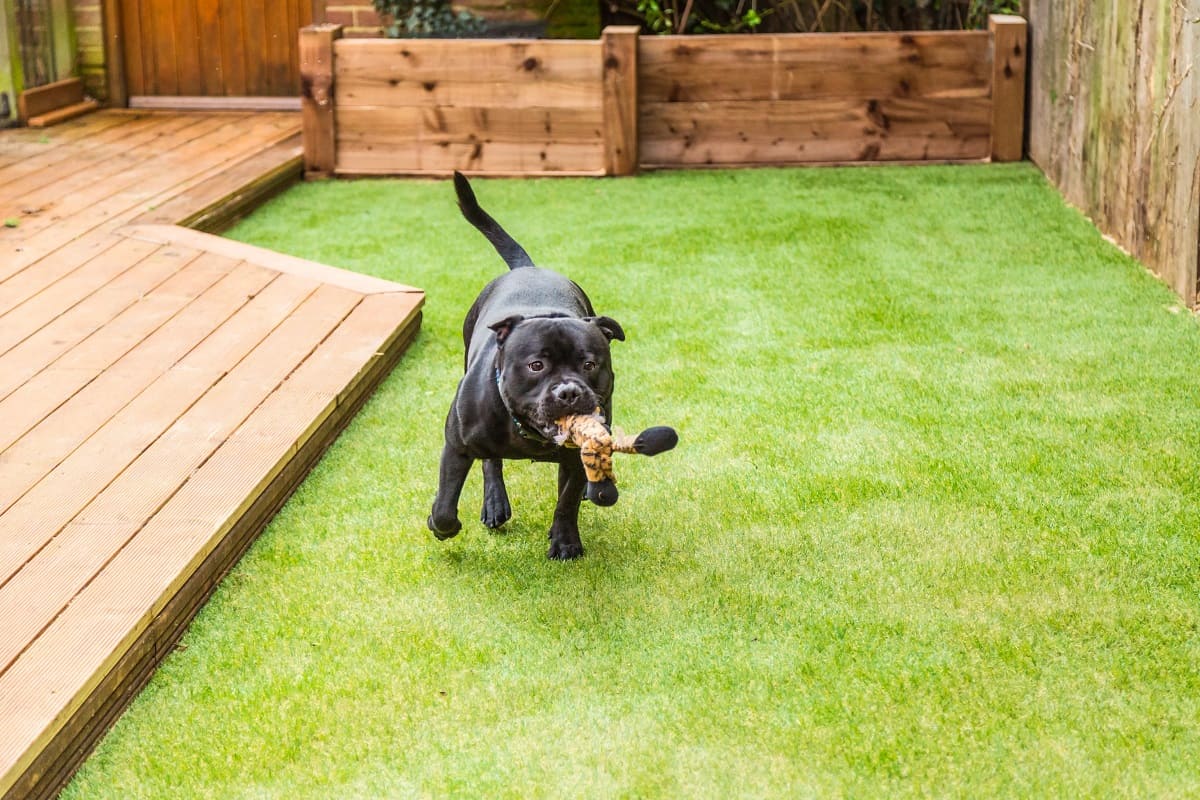
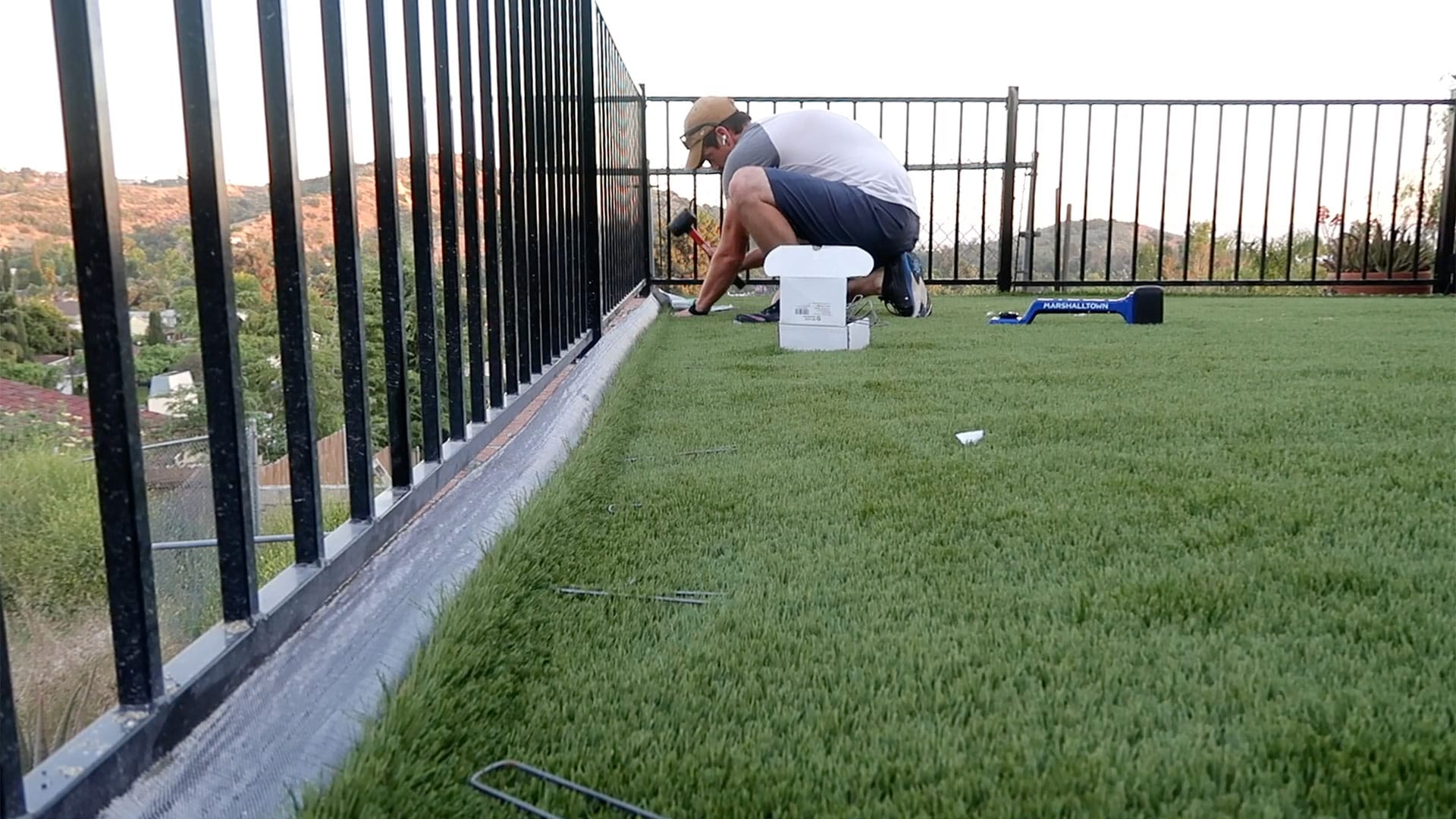
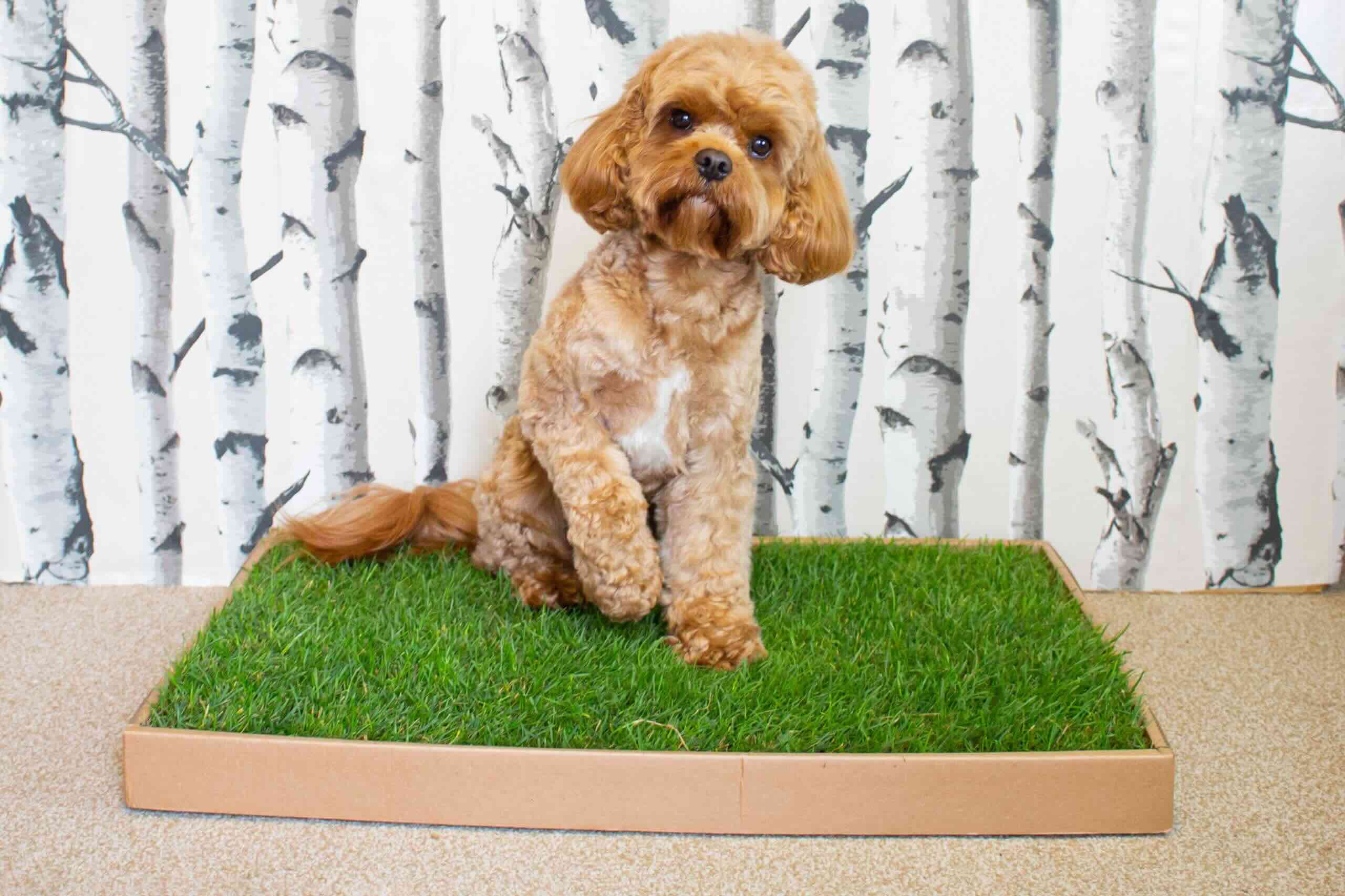
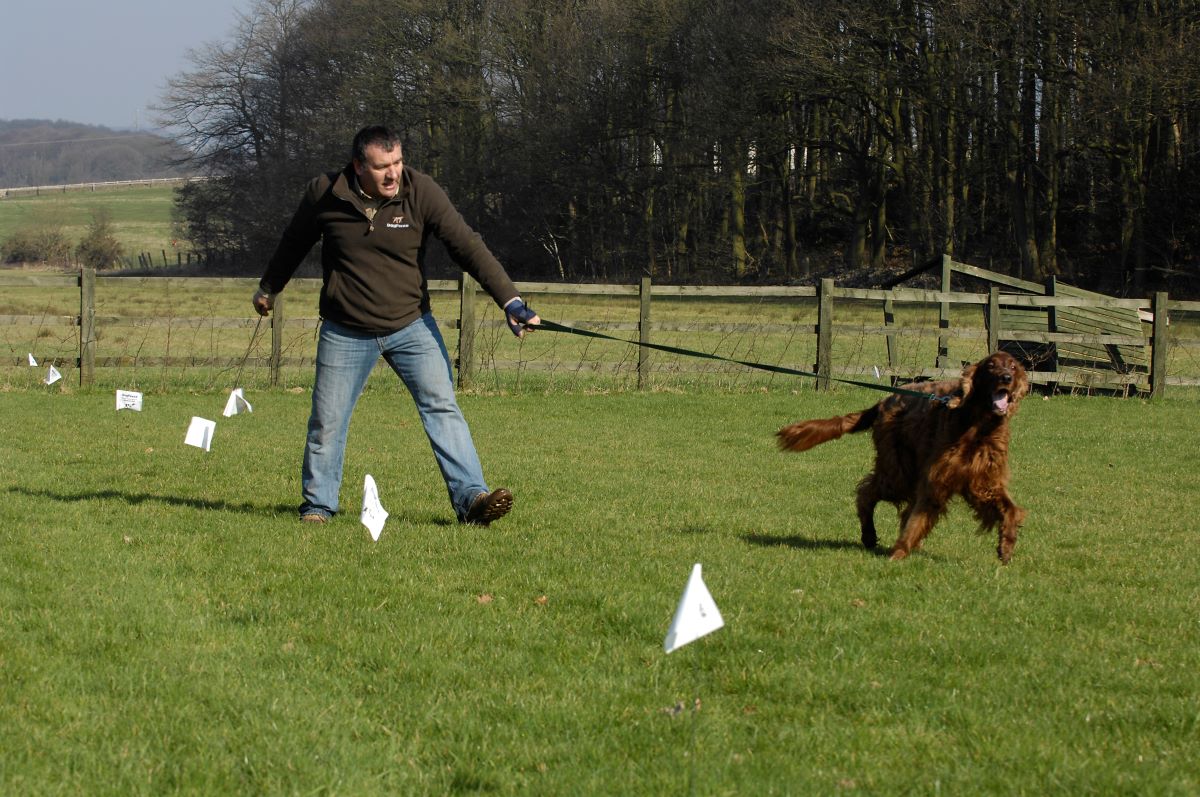
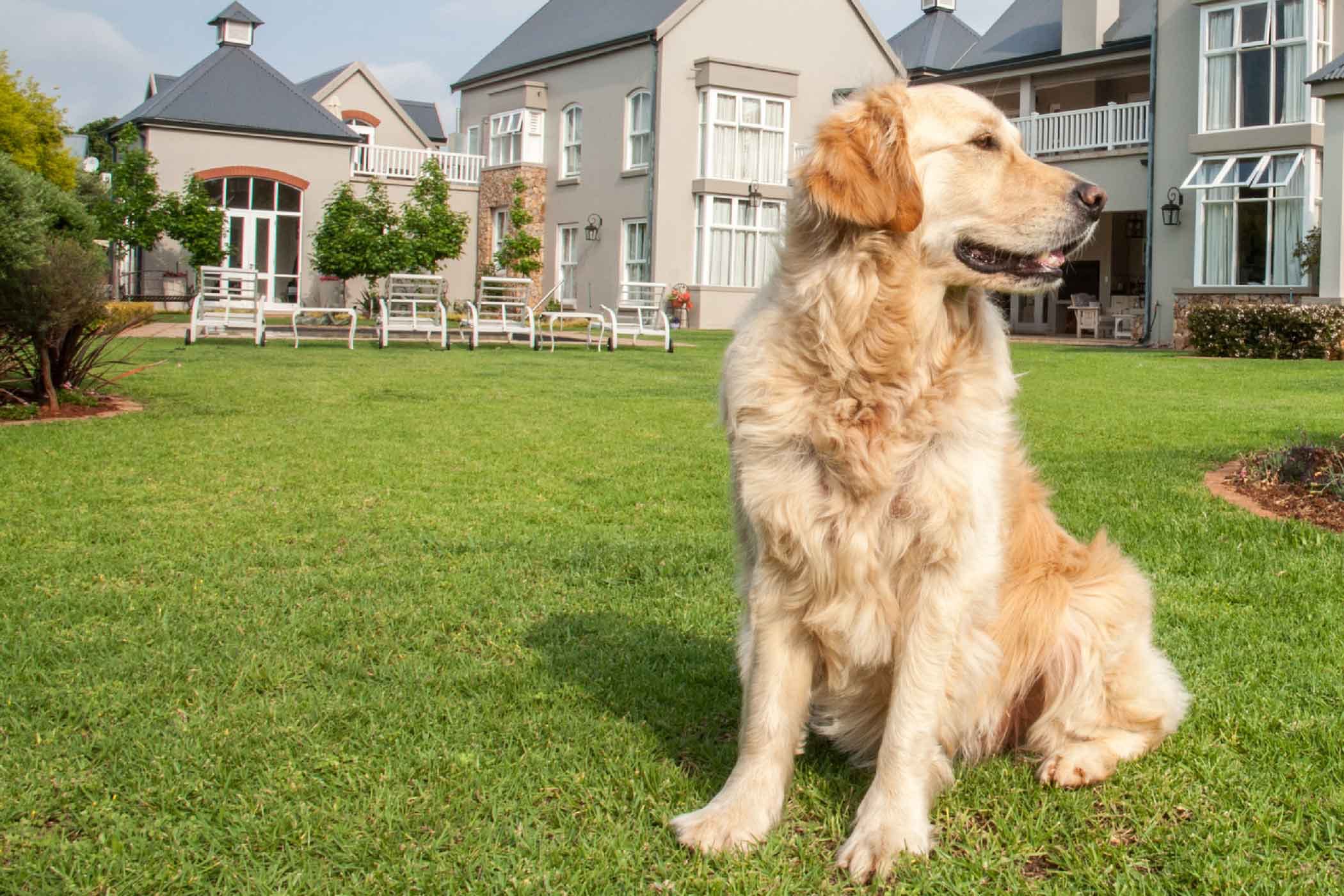
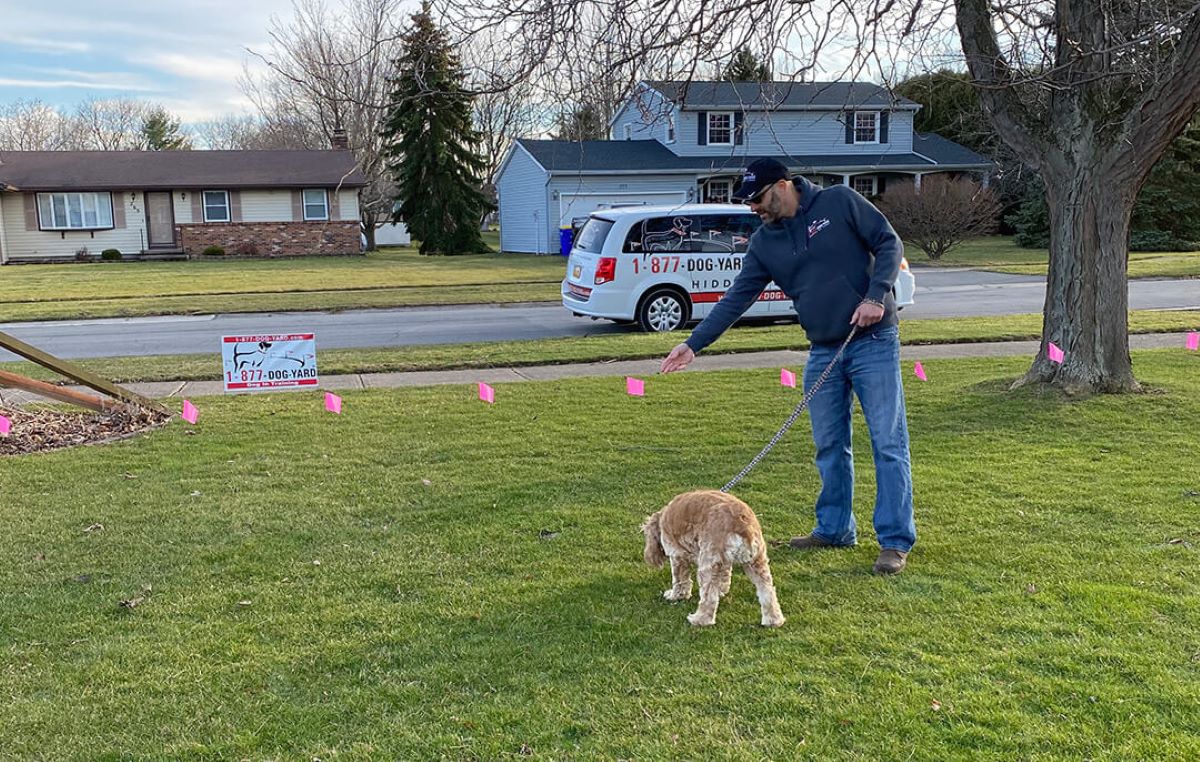
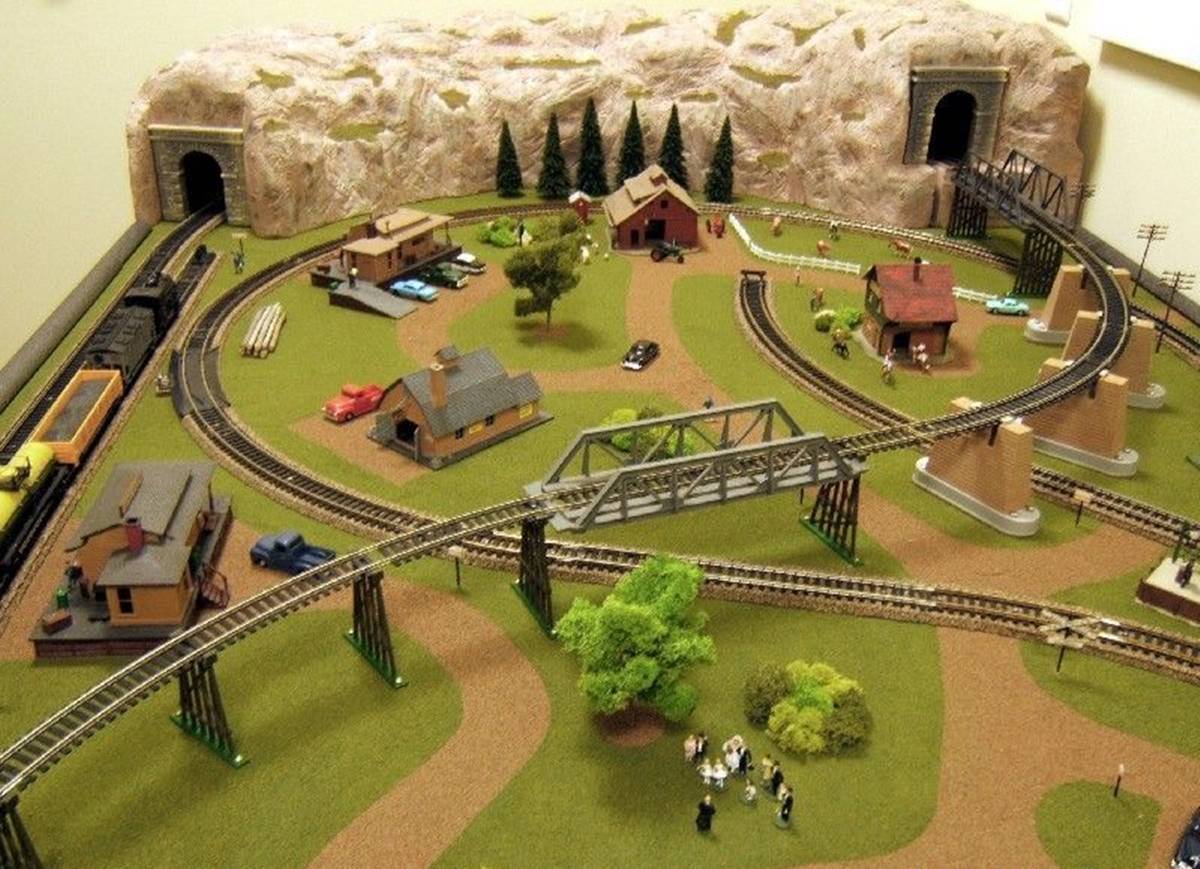
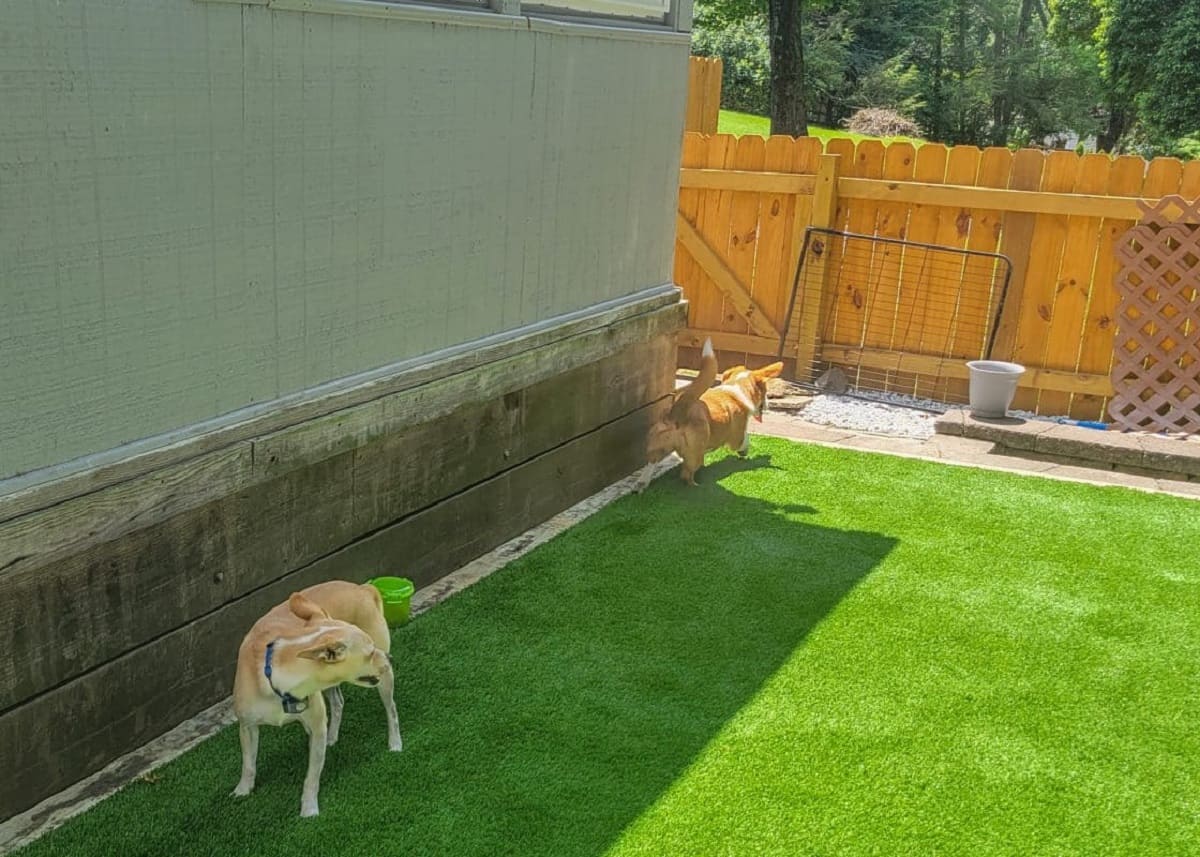
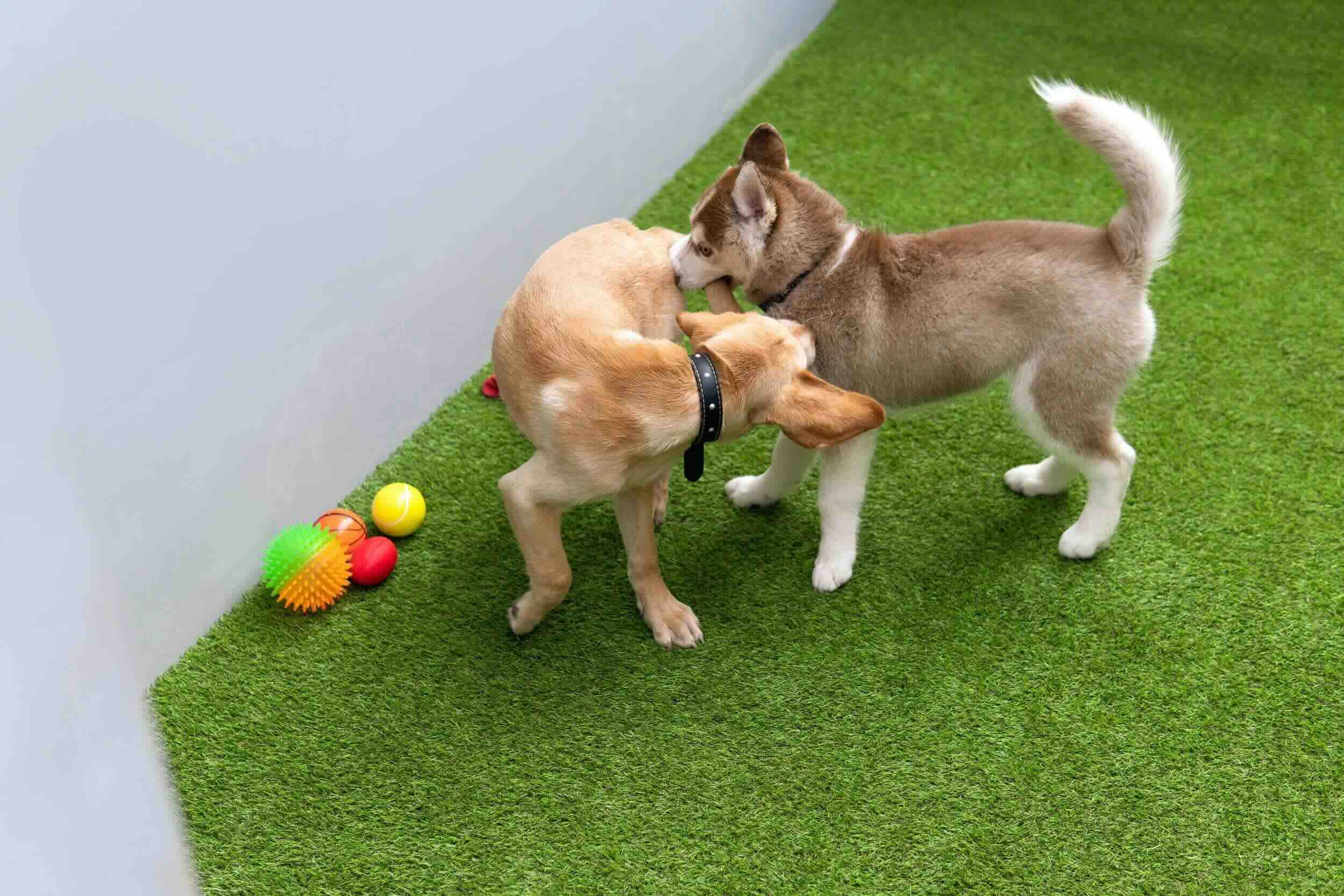
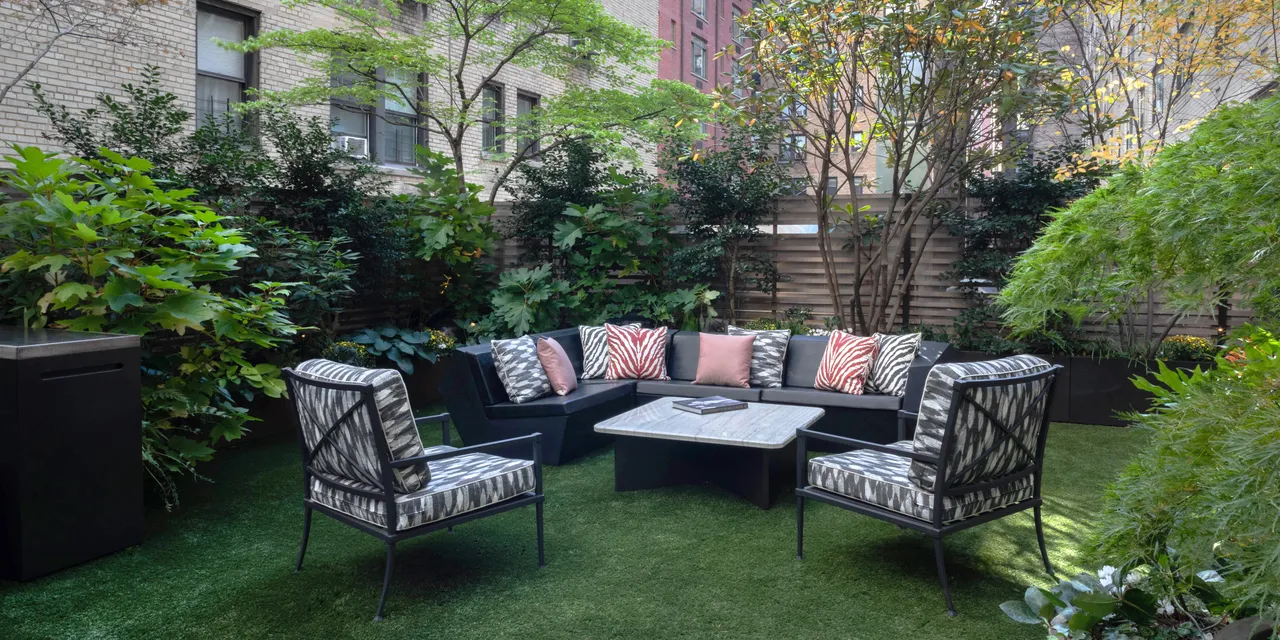
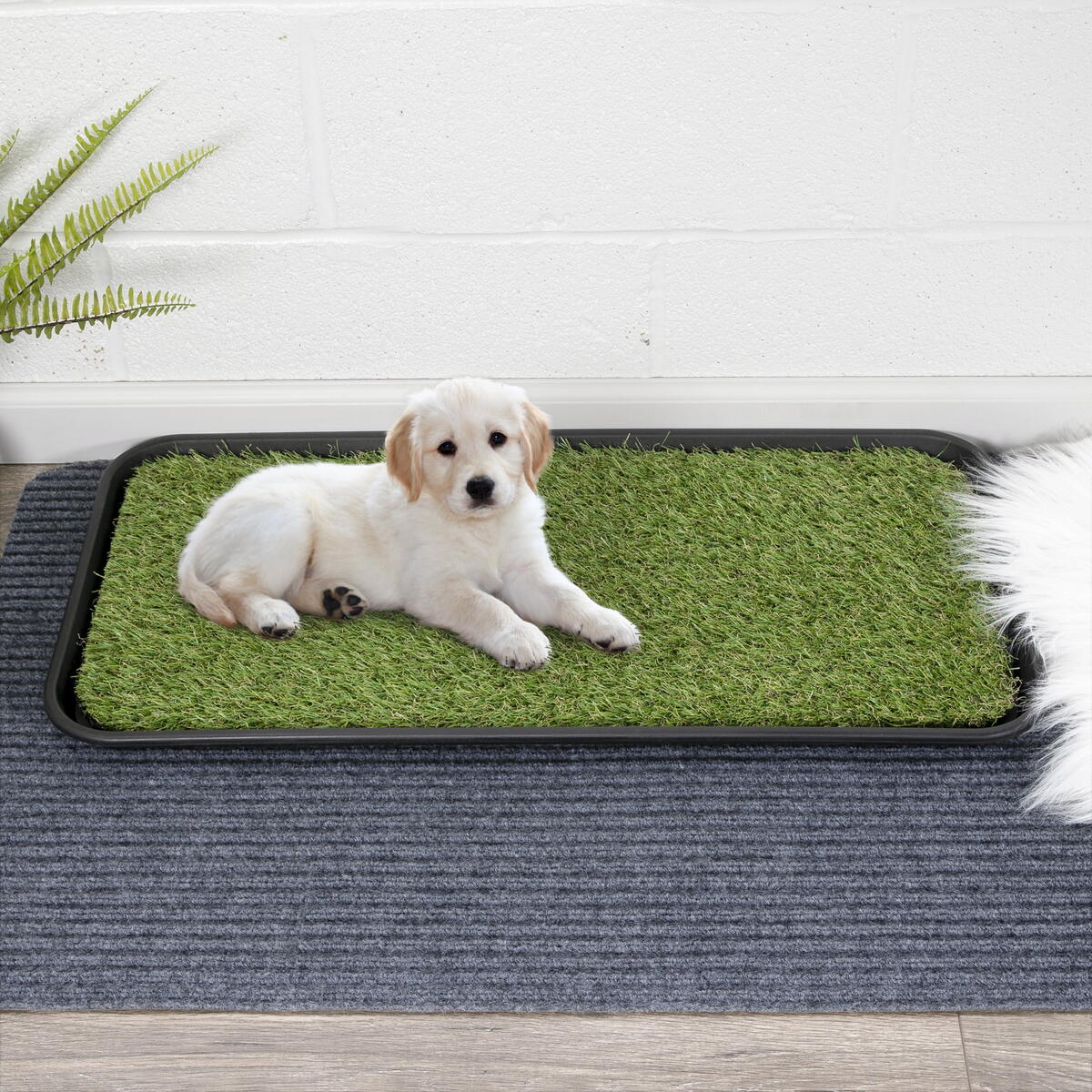

0 thoughts on “How To Train A Dog To Use Fake Grass”